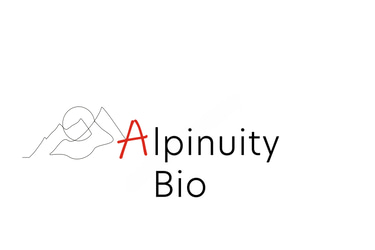Reassessing Biopharmaceutical R&D: Challenges and Solutions in a Panel Discussion
5/27/20252 min read


Introduction to the Crisis in Biopharmaceutical R&D
The landscape of biopharmaceutical research and development (R&D) is undergoing a significant transformation. With an influx of funding, an overwhelming expectation has emerged for innovative medicines to materialize. However, recent discussions highlight the stark reality: despite generous financial backing, the output of impactful solutions remains disappointing. This paradox raises crucial questions about the effectiveness of current funding strategies and the role of incentives that drive research endeavors.
Understanding the Dual Incentives: Publishing and Shareholder Expectations
Two primary forces are influencing biopharmaceutical R&D: the academic incentives for publishing research and the pressures exerted by shareholders. Academic researchers are often pushed to publish their findings rapidly to secure future funding and maintain their professional reputation. While this drive is essential for scientific advancement, it may inadvertently prioritize quantity over the quality and novelty of research findings. Meanwhile, shareholders typically yearn for metrics of success that are aligned with short-term financial gain, leading to pressure on companies to deliver immediate results. This dual incentive structure creates a conflict that can stifle groundbreaking discoveries, as researchers may shy away from high-risk, high-reward projects.
Solutions: Rethinking Funding, Incentives, and the Rise of Decentralized Science
The current crisis demands a multi-faceted approach toward solutions. One possible direction is re-evaluating the funding mechanisms that currently dominate the landscape. Rather than only increasing monetary investment, stakeholders in the biopharmaceutical realm must consider reorganizing the allocation of existing resources to support diversified types of research, including both high-risk and innovative projects.
In addition, redefining the incentives for publishing could be beneficial, encouraging a culture that values meaningful contributions rather than mere output. By fostering an environment that prioritizes collaborative research efforts and sharing knowledge openly, the scientific community can create a rich landscape of innovation.
Another innovative approach might involve the integration of decentralized science into mainstream research practices. Decentralized science leverages technology and community-driven methodologies to enhance the reach and efficiency of scientific research. By removing traditional bottlenecks and streamlining data access, decentralized science has the potential to empower researchers globally, leading to a more effective collaboration on critical health challenges.
In conclusion, addressing the complex challenges surrounding biopharmaceutical R&D is essential to reverse the trend of disappointing outputs relative to the funding influx. By prioritizing reorganized funding structures, transforming incentives for scientific contributions, and embracing new models such as decentralized science, the industry may unlock the potential for true innovation in the quest for novel medicines. The dialogue around these issues, as highlighted in recent panel discussions, marks the beginning of a critical shift in the quest for sustainable solutions.
